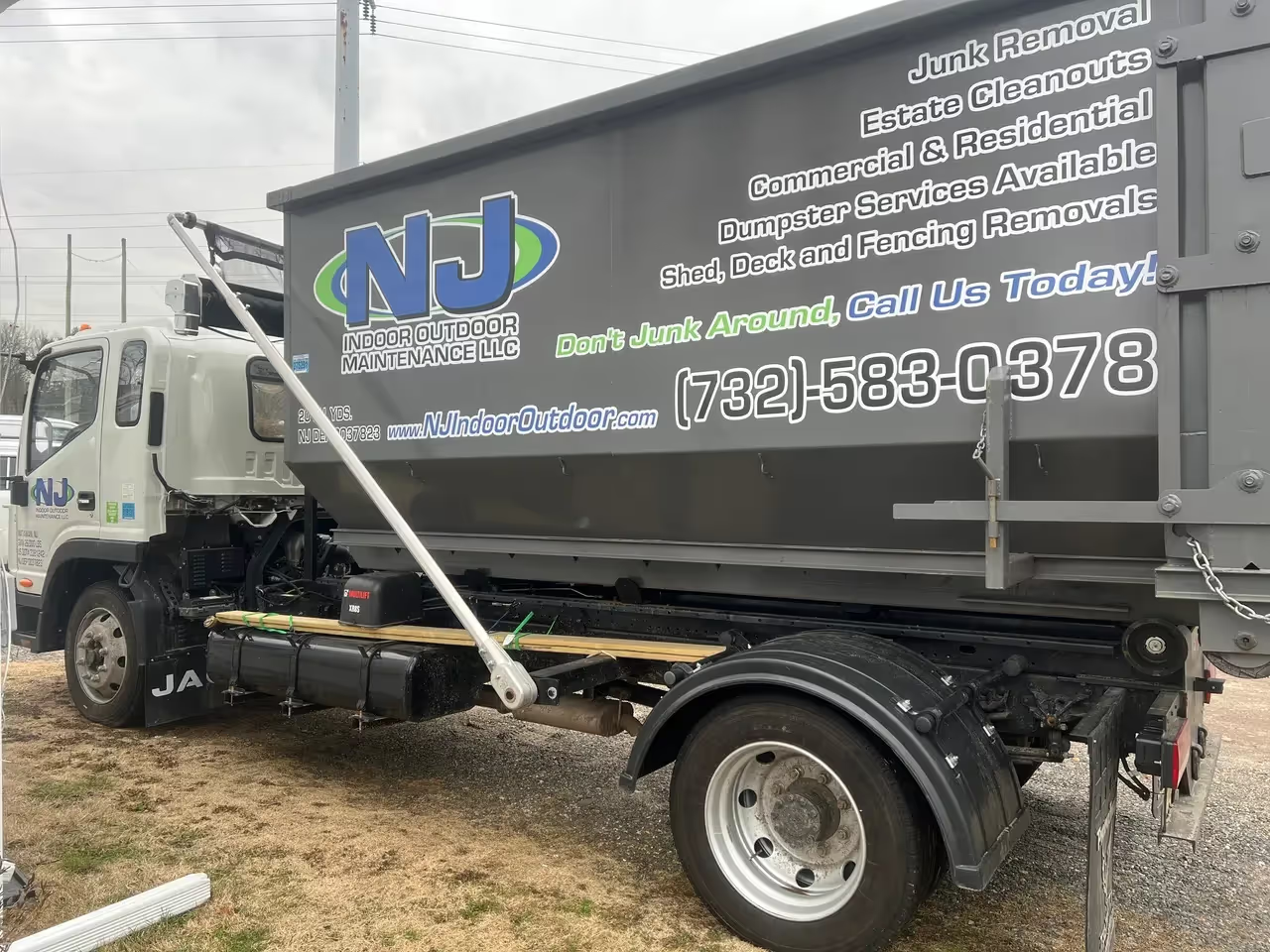
Whether you’re tackling a home renovation, cleaning out a garage, or managing a construction project, renting a dumpster can make waste disposal simple and efficient. But before scheduling a delivery, it’s important to understand what affects the total cost. Dumpster rental prices can vary — and knowing what you’re paying for ensures you get the best value without hidden surprises.
As one contractor put it,
“A dumpster rental is more than just a big metal bin — it’s part of keeping your project on schedule and on budget.”
Let’s break down the key factors that influence dumpster rental costs and how to make smart, cost-effective choices.
The biggest factor in rental cost is dumpster size. Dumpsters come in a range of capacities, typically measured in cubic yards — from small 10-yard bins for light cleanups to large 40-yard containers for major construction work.
Choosing the right size helps you avoid paying for unused space — or worse, overfilling and facing extra fees.
Not all waste is treated equally. The materials you plan to dispose of play a big role in determining cost. For example:
Knowing what type of waste you’ll generate helps you select the right dumpster and avoid unexpected charges.
Most dumpster rental companies charge based on a standard rental period — often between 7 to 10 days. If you need it longer, expect a small daily extension fee. To save money, plan your project timeline and schedule pickup promptly once you’re done.
Location also matters. Delivery distance, local disposal fees, and landfill rates can vary by region. Urban areas or places farther from disposal sites may have slightly higher costs.
To avoid surprises, always read the fine print. Some common additional charges include:
Getting a clear quote upfront helps you stay within budget.
Dumpster rental costs depend on several factors — size, type of waste, rental duration, and location — but with proper planning, you can find a solution that fits your project and your wallet.
Remember, renting a dumpster isn’t just about convenience; it’s about efficiency and safety too.
“When you understand what you’re paying for, every cleanup becomes smoother, smarter, and stress-free.”
